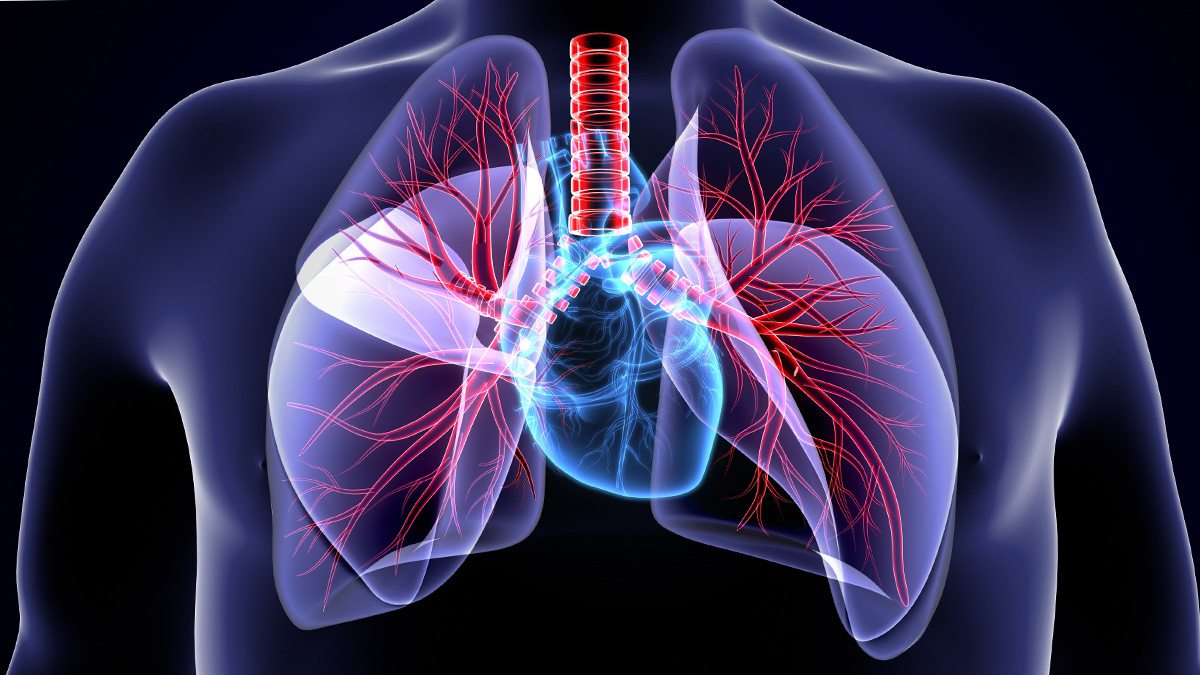Healing hearts and lungs
As a member of the DECIPHeR Alliance, Carolina is tackling the leading cause of death in the U.S. – heart and lung disease in vulnerable populations.

Heart and lung disease are leading causes of illness in the United States but are distributed unequally among different communities. Race, sex and socioeconomic status are determinants for which communities are most affected by heart and lung disease.
Many programs and studies have been conducted to reduce diseases, but often these practices are not implemented in the communities where they are most needed. The Disparities Elimination through Coordinated Interventions to Prevent and Control Heart and Lung Disease Risk (DECIPHeR) Alliance formed at Carolina in 2020 to tackle this challenge by identifying and testing implementation strategies to deliver evidence-based interventions to communities most at risk.
Kimberly Parker Truesdale, associate professor at the UNC Gillings School of Global Public Health, serves as the director of the coordinating center for the seven institutions that encompass the DECIPHeR Alliance alongside Carolina.
Truesdale talks about the research conducted through DECIPHeR and the real-world implications of the life-saving revelations.
Why was the DECIPHeR alliance formed?
The National Heart, Lung, and Blood Institute put out a call for implementation science with the goal of reducing or eliminating health disparities related to heart disease or lung disease. We answered that call and were appointed as the coordinating center for the alliance.
The research that will be conducted through the alliance is extremely timely, given the increasing health disparities. We believe that the research conducted by the DECIPHeR Alliance will have a meaningful public health impact on heart and lung disease, especially in communities that experience a higher burden of disease than others.
What role does Carolina play in the alliance?
As the coordinating center, our role is to logistically understand what’s going on at the seven different centers. Each center is conducting its own protocol and has its own research questions and study population. But we’re really the ones with an overview to see where there are areas for synergy and to standardize protocol across the alliance. Our job is to make sure everyone in the alliance is collaborating, sharing results and finding ways to make the studies stronger.
Where are the seven centers located, and what kind of research is being conducted at each center?
At the University of California at Los Angeles, they will work on how to improve blood pressure in multiple ethnic groups and compare results. Researchers at the University of Colorado Denver are studying childhood asthma and asthma attacks. University of Illinois at Chicago researchers are working on smoking cessation, and Northwestern University is also working on improving blood pressure [for people who live] on the South Side of Chicago. A joint effort between Johns Hopkins University and the University of Michigan is investigating higher rates of heart disease among the mentally ill. At the New York University School of Medicine, they’re working on blood pressure monitoring. At our last center, Tulane University, they’re studying heart disease in the African American population.
What is the future impact of the alliance?
DECIPHeR was designed to work in multiple phases. The first three years were focused on planning, modeling the studies and conducting focus groups meeting with community partners to get feedback on engagement and needs. This year we’re moving into the implementation phase, when we’ll recruit participants and begin conducting the studies and gathering data. Our goal is to see results as the studies move forward and see a decline in cardiovascular and pulmonary disease in these populations.
The alliance is based on evidence-based interventions that have been proven effective somewhere else and implementing them in these communities. Part of that is trying to identify what additional barriers we need to remove in order for these interventions to work. That’s really what the DECIPHeR alliance is focused on, taking the time to measure community need and what changes are needed to make these studies successful with these populations.




